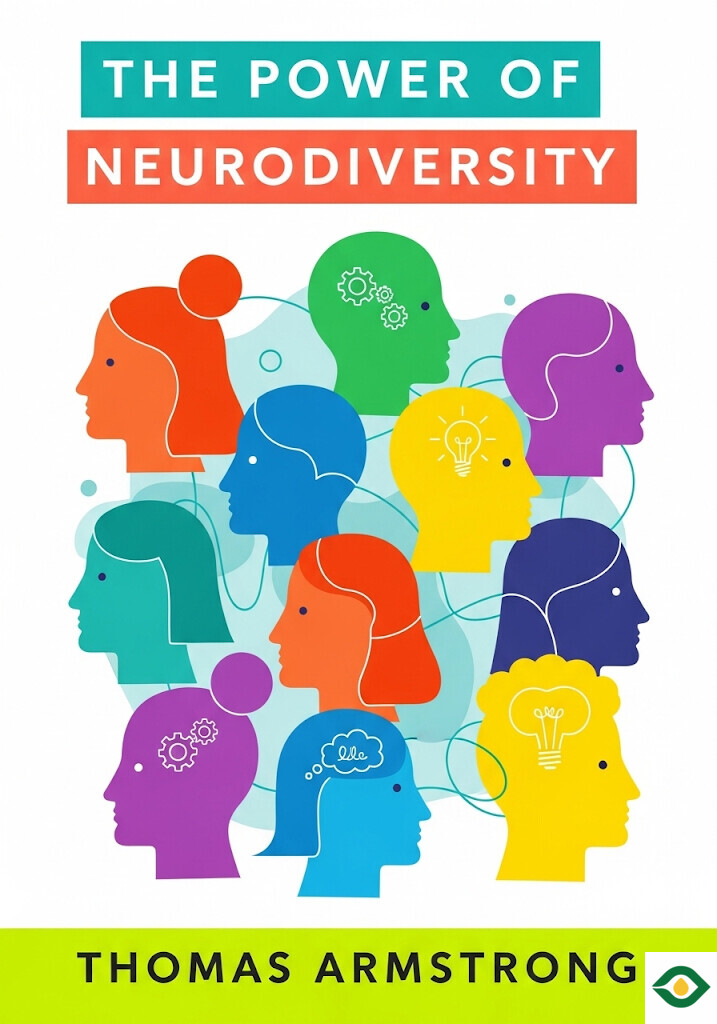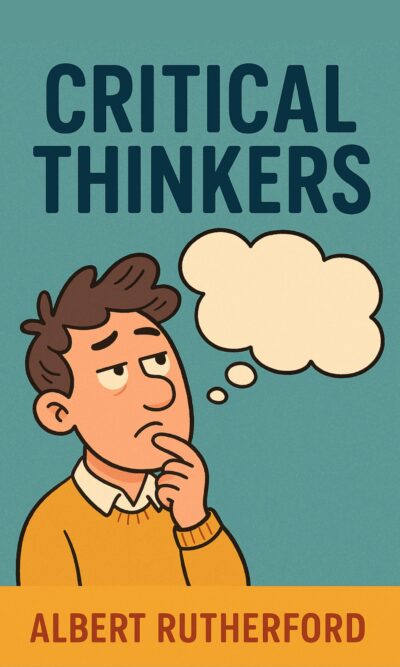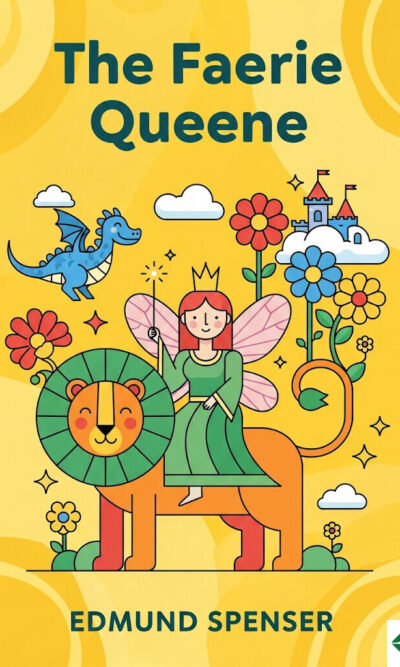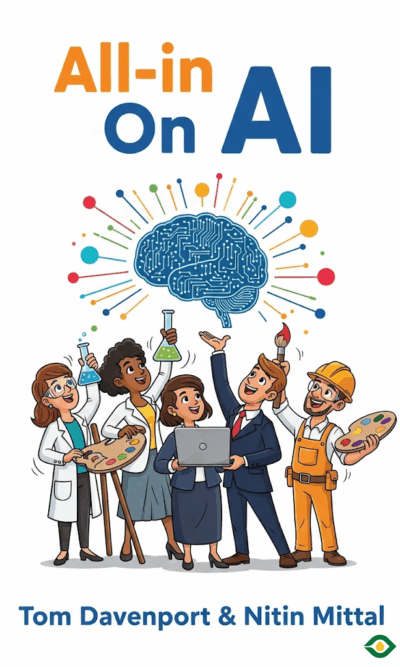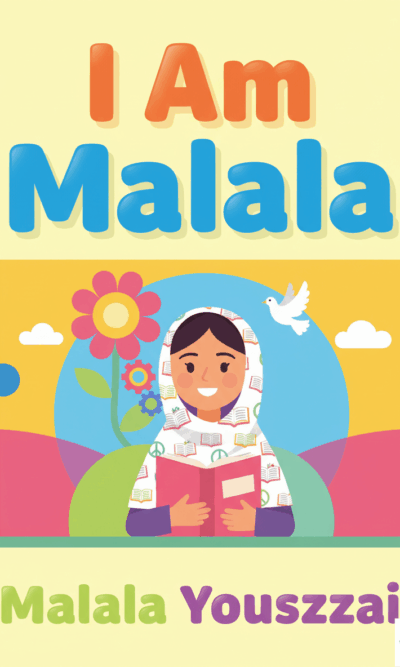Description
Imagine a world where everyone was expected to fit into the mold of a single “average” human being. This person would think and feel in a narrow range, act in predictable ways, and never stray from what society calls normal. Thankfully, such a person does not exist. Human beings are infinitely diverse—our backgrounds, interests, and talents are spread across a vast spectrum. And just as we value cultural or artistic diversity, we must also learn to value diversity of the brain.
This is the idea behind neurodiversity: the recognition that every brain is unique, wired in its own way, and that these differences are not mistakes but part of the natural variety of human life. The term was first introduced in the autism advocacy community, but it has grown to include all kinds of cognitive differences—autism, ADHD, dyslexia, Down Syndrome, mood disorders, and more. Instead of thinking of these as defects, neurodiversity encourages us to see the strengths and perspectives that come with each.
Take the example of Amanda Baggs, a woman with autism who once shared a video online called In My Language. At first, she did not use words. Instead, she hummed, tapped, and moved objects. To many people, it looked like random behavior. But later in the video, Amanda explained that this was her language—her way of engaging deeply with the world. She made clear that communication is not limited to spoken words. Her way of thinking, while different, was rich and meaningful.
Stories like Amanda’s remind us that the way society defines intelligence and communication is often too narrow. For example, many people with dyslexia struggle with reading, but they often excel in spatial reasoning, the ability to think in images and patterns. If schools tested that skill instead of reading, the very children labeled as “struggling” would suddenly be seen as gifted. Competence depends not only on the individual but also on the context.
This becomes even clearer when we look at cultural differences. In some communities in India, people who behave in unusual, dreamlike ways are celebrated as spiritually gifted and referred to as “God-intoxicated.” In Russia, the tradition of the “holy fool” honors people who defy social norms, treating them as blessings rather than problems. Yet in modern Western culture, those same people might be labeled with schizophrenia and placed on the margins. What society calls a disorder is often just a reflection of what it values—or fails to value.
There are countless real-life examples of how people once considered limited have thrived by finding their niche. Chris Burke, who was born with Down Syndrome, became a successful actor on the hit TV show Life Goes On. His talent for performance, warmth, and emotional intelligence helped break stereotypes and inspired millions. Dr. Temple Grandin, who has autism, revolutionized livestock handling in the United States by understanding the world from the perspective of animals. Her unusual way of thinking was the very source of her brilliance.
These stories show us that the path to success is not about trying to fit into society’s narrow box of “normal.” It’s about discovering or building a niche where one’s unique brain and abilities can shine. Just like animals in nature thrive in their particular environments, people thrive when they find roles that match their strengths.
Of course, living in a world designed mostly for neurotypical brains can be challenging for neurodivergent people. School systems, workplaces, and social expectations often demand conformity—sit still, pay attention, read quickly, regulate emotions in one “correct” way. But adaptation is possible. Small changes can have a huge impact when they are tailored to an individual’s needs. Technology has opened new doors: audiobooks for those who struggle with reading, communication apps for those who cannot speak, digital reminders for those with attention challenges. These tools don’t erase differences but allow people to work with their strengths.
Adaptation is most powerful when it doesn’t just “fix” a problem but celebrates the person’s abilities. A child who struggles to read might discover an extraordinary gift for art, and focusing on that gift can lead to growth in many areas. A student who cannot sit still might channel their energy into performance, sports, or entrepreneurship. By recognizing strengths first, rather than weaknesses, we can unlock possibilities that traditional systems overlook.
This idea extends beyond the individual to the way we design our future. Classrooms and workplaces can become spaces that welcome many types of minds. Imagine schools with quiet areas for children who need focus, alongside lively group spaces for those who thrive on collaboration. Imagine lessons that can be heard, seen, and touched—so every child, no matter their learning style, can engage. Companies can also learn from this approach. Some businesses have already recognized that employees with autism, for example, bring extraordinary focus and systems thinking skills, and they adapt their work culture to highlight these strengths.
The future of neurodiversity is about moving past tolerance toward celebration. Instead of treating different brains as problems to be corrected, we can see them as valuable variations that enrich the whole human community. Everyone, even those considered “neurotypical,” has areas of strength and weakness. A more flexible and accepting society benefits us all.
At its heart, the power of neurodiversity is a call to rethink what it means to be human. It invites us to reject the myth of the “average person” and instead embrace the full range of human potential. It tells each of us: you are not broken, you are not less, you are part of the rich fabric of humanity exactly as you are.
When we truly understand this, we stop asking how people can fit into society and start asking how society can evolve to make room for every kind of mind. That shift changes everything—from how we raise children, to how we educate students, to how we design technology and workplaces.
The world becomes better not when everyone thinks the same way, but when we allow every person to think in their own way. Neurodiversity is a vision of belonging, empowerment, and possibility. It reminds us that every brain is a gift, and the variety of those gifts is what makes humanity so extraordinary.

